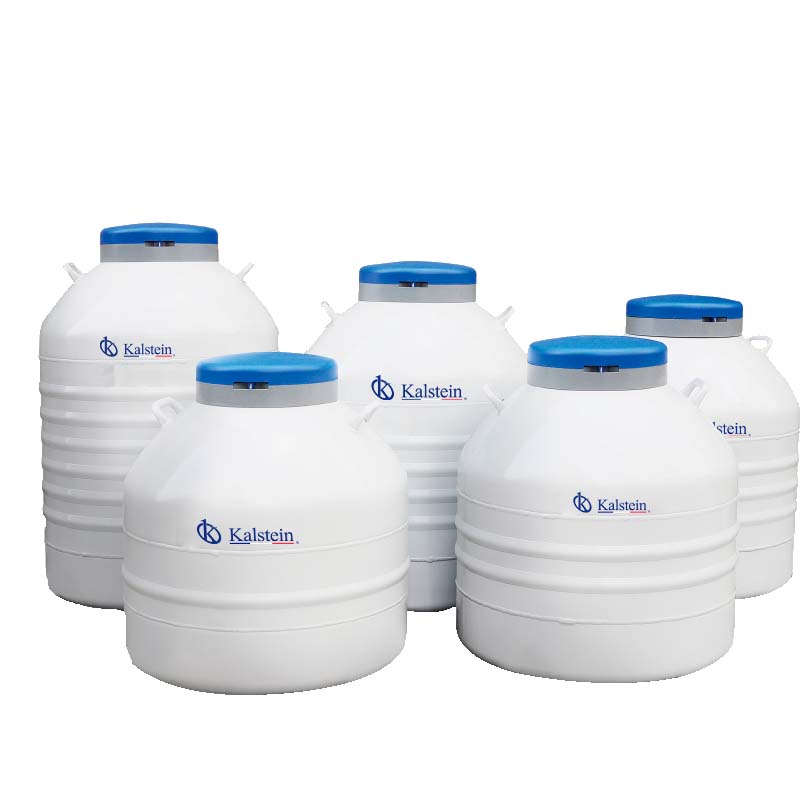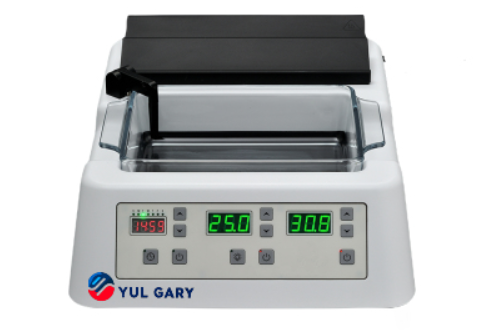Wine is a beverage that is associated with the history of mankind, since archeologists have found evidence that locate the production of this alcoholic beverage, at least 3000 years B.C. At present, this product of the fermentation of the must of a wide variety of grapes, has undergone a transformation that is related to the advances of science: that is, the production of the wine, although it can retain some artisanal elements, has been made more technical, of course, in order to guarantee the quality of the product.
There are many innovations that have been generated in the field of oenology, but this section will describe the benefits of using an inert gas, such as nitrogen, in the process of fermentation, storage and bottling of that drink. The use of nitrogen in the wine industry may meet several objectives, but in general it is summarized as follows:
- Maintain the organoleptic properties of the drink
- Prevent deterioration of pipes and storage tanks
- During bottling, replace the remaining air in the bottle
What properties does nitrogen have to be used in the wine industry?
First of all, nitrogen does not contribute anything to wine: it is odorless, has no taste, has no color and does not react with the substances with which it comes in contact (under normal conditions). In addition, it has a low solubility in water. Although much is known about oxygen in the atmosphere, the gas that is found in greater proportion is nitrogen, however, we do not notice its existence.
The main application of nitrogen in the food industry, and in the wine sector in particular, is to replace the air found on the surface of the liquid. In this way, all the undesirable chemical reactions caused by oxygen in the air are avoided. This is crucial, as the aromas and flavors, and even the color of the wine, are modified by oxidation, so purging with nitrogen provides a means to preserve the organoleptic properties of the wine for longer.
How is nitrogen used in the wine sector?
As mentioned above, nitrogen has properties that allow its use in the food industry without endangering the health of consumers; the only objection is to use a gas obtained and stored in conditions that guarantee its purity, such as that which will be presented at the end of the article. In this sense, in the wine sector it is used in:
- Cleaning of wine storage tanks
- Sparging, nitrogen is injected at low pressure into the wine, to carry the oxygen dissolved in the drink
- Blanketing, consists of displacing the air that covers the surface of the wine
- Decrease sulfur content in long-stored musts
- During bottling nitrogen is injected into the bottle to remove the air, before filling with wine
In all these processes, the goal is the same: to prevent oxidation. And there is an additional benefit: fewer additives, such as sulfur dioxide, are required to conserve wine. Also, some chemical properties such as volatile acidity and total acidity are not affected. And in general, those characteristics that all wine lovers look for: aroma, flavor and color, are almost not lost from its manufacture until the time of the uncorking of the bottle. Whether you prefer a red, rosé, foaming or white wine, it is most likely to be preserved with nitrogen.
Why use the Nitrogen Tanks of the manufacturer Kalstein?
Kalstein, as an instrument manufacturer, has the technology and know-how to deliver the highest quality nitrogen tanks. First of all, they are built in materials such as stainless steel that prevents future deterioration of the vessel. In addition, volumes up to 500 L of the gas can be stored. In some models, gages and valves are incorporated to regulate the outlet pressure and know the level of remaining gas. They also have the lowest nitrogen loss from evaporation.
The nitrogen tanks offered by Kalstein come in a variety of models of small, medium and large volume that you can consult on the link HERE , where you can additionally know the price of this or other equipment if you are interested in the purchase, quotation or any other technical information you need. You can also check the main link HERE





